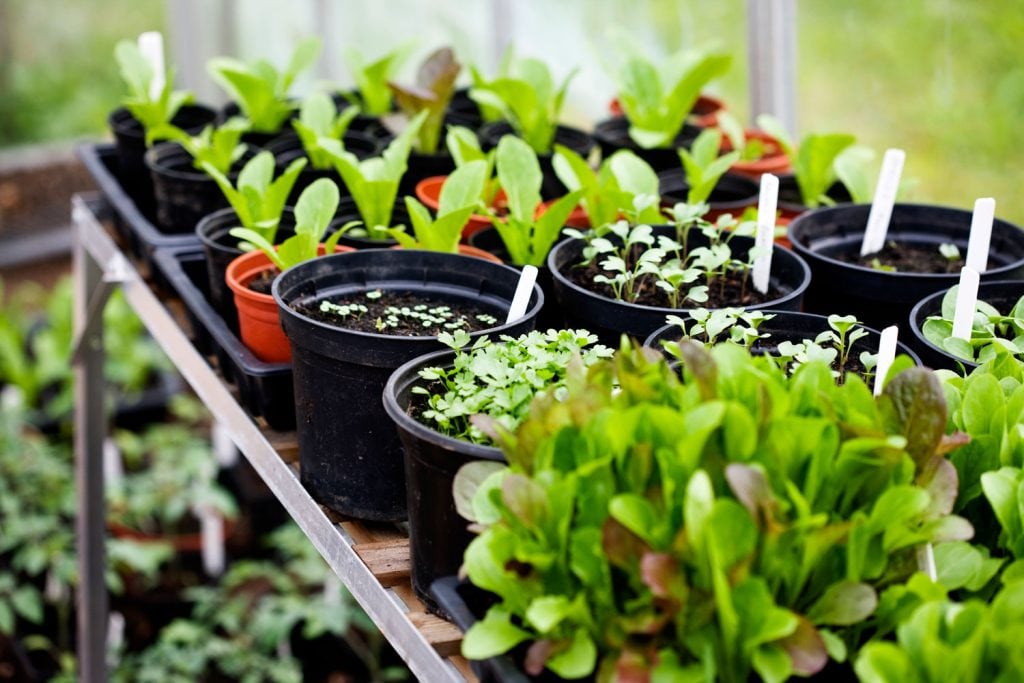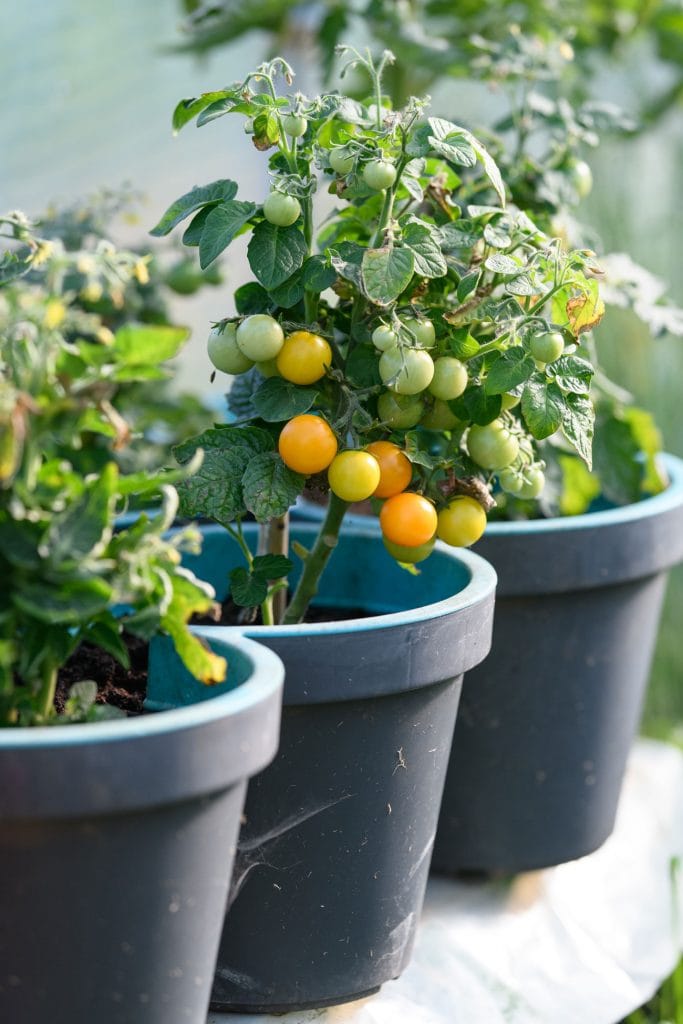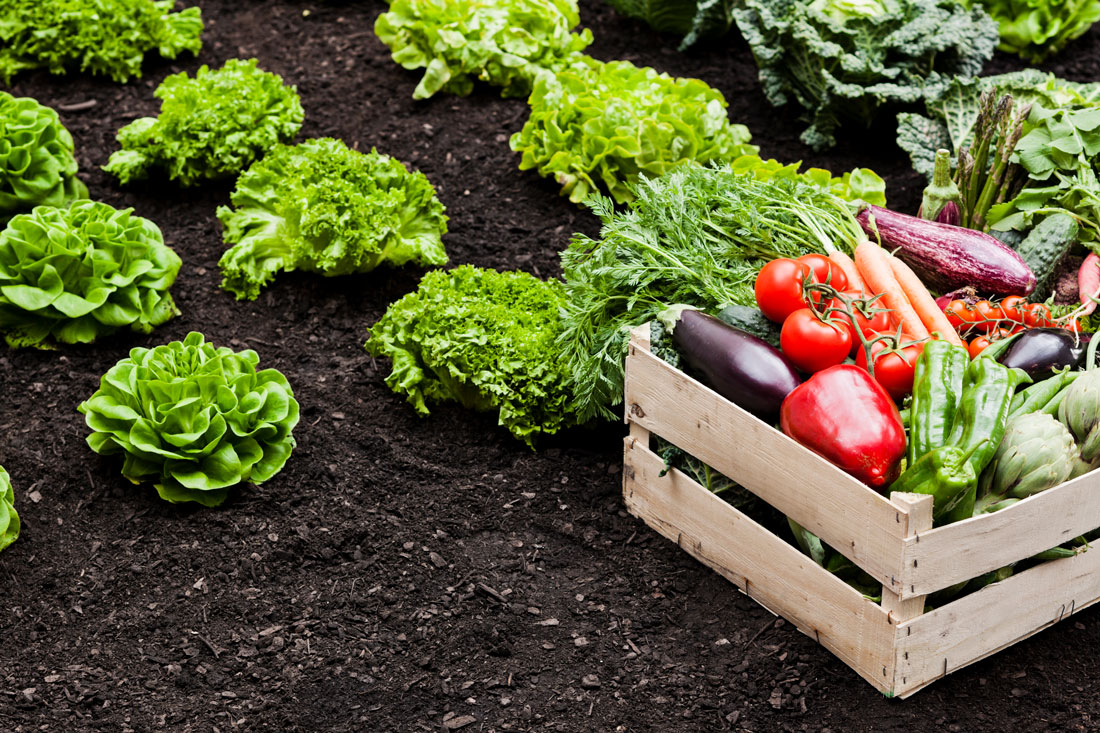
“Don’t get too attached,” said my friend Kathleen. My first sugar snap pea plant was suffering an infestation of some sort, and it looked faded and thin. “Gardening is rife with heartbreak,” she added. This was one of many tidbits my friend offered during my first tentative foray into gardening. While this was not the advice I wanted, embracing failure was exactly the insight I needed to succeed.
As a writer, I’m intimately familiar with the phrase “murder your darlings,” a reference to letting precious turns of phrase surrender to the delete key in service of the larger work. But when it came to attempting a garden of my own, overwhelm and fear of failure immediately shrouded me in doubt. Did I want to build raised beds or sow directly into the ground? What could I plant where? What if critters ate everything?
During the first summer of the COVID-19 pandemic, my friend and I conferred about gardening via the Marco Polo video messaging app. I’d pepper her with questions and she’d offer abundant gardening know-how and encouragement, taking obvious delight in mentoring a novice. Her advice to not give up if a plant didn’t survive—the ultimate fate of my sugar snap pea plant—gave me the gumption to keep growing.
If you’re a novice, the idea of designing your own garden might feel daunting, as it did for me. This is especially true when comparison-itis strikes; how could my seedling of an idea compare to the lush, sophisticated bounty of experienced gardeners like Kathleen? For me, the trick to getting started was letting inspiration be my guide and dividing the project into achievable steps, nurtured with patient advice from other gardeners.


GIVE YOUR GARDEN A PURPOSE
It might seem like gardening is simply a matter of choosing a location and creating a grid for planting. However, it can be inspiring to start by giving your garden a purpose. Do you want to grow your own food, herbs or flowers—or all of the above?
My friend Kathleen is an “all of the above” gardener, her front yard a head-turning neighborhood floral oasis, complete with bird feeders and bright, chalky-blue Adirondack chairs. Her gardening aesthetic runs in the direction of nuance and detail, Latin plant names embedded in her memory like those of treasured friends. She even created a spreadsheet for me to plan my next garden, including what supplies to buy and when.
In contrast, my plant vibe tends more toward instincts and appetites: ”How hard will it be to grow a rainbow coneflower bed like my neighbor around the block?” or ”Will this taste good in a salsa?” In fact, “pico de gallo” was my first garden theme, a nod to my insatiable appetite for summer-grilled steak and shrimp fajitas and an idea that felt simple, achievable, and delicious. I planted zesty serranos and jalapeños, cilantro, and Roma tomatoes bursting with bright summer flavor, supplemented with red onion from my farmers market and grocery store limes.


DECIDE WHETHER TO START WITH SEEDS OR PLANTS
There’s no right or wrong way to go when deciding whether to start from seed or purchase plants. Neither method is necessarily better except in two respects: timing and space. Timing matters because seeds need more time to grow and often must be planted indoors a few weeks before the last frost of the year. That’s where space comes in – you’ll need somewhere indoors to start seeds under a grow lamp until the seedlings are hardy enough to plant outdoors.
Because I got started late in the season, seeds were not an option. My small town northwest of Chicago has a quaint Victorian town square with a bustling farmers market, so I got most of my plants there. However, the “Fourth of July” slicing tomato plant I scored for two bucks at the local hardware store turned out to be a family favorite, too—including my tomato-averse middle child.
Tip: Wherever you get your plants or seeds, chat up the growers who work there. Experienced local gardeners can be invaluable assets who are often happy to share their knowledge.
START WHERE YOU ARE: DESIGN YOUR GARDEN BASED ON YOUR NEEDS
If you don’t feel ready to plant a full-scale garden on your first try, that’s okay. Consider a kitchen window herb garden, or plop a cherry tomato plant into a hefty pot and see what happens. Whatever your available space and knowledge level, you’ll want to give some thought to which type of garden to plant.



CONTAINERS, RAISED BEDS OR IN THE GROUND?
The sizable garden my dad grew during my childhood seemed effortless—probably because I wasn’t the one doing the bulk of the work. He’d till the soil with a pitchfork, shirtless under the optimistic rays of Midwestern spring. By late summer, we’d stand in the garden before dinner, unable to resist savoring crisp green beans and the tender tang of deep red slicing tomatoes plucked straight from the vine.
Because I wanted to start on a smaller scale, I opted for a container garden. Buoyed by early success with spring lettuces and herbs, a couple of pots quickly grew into a collection that claimed half of our brick patio. Easier to weed, container gardening is ideal for people with limited space or mobility issues, where bending down to tend plants can be challenging. The potted plants are convenient to move around to capture sunlight throughout a day or season. You can add cages to support tomatoes and potatoes and trellises for climbers like cucumbers and beans. However, container gardens require more frequent watering and are not ideal for larger produce like melons or squash.
For my second growing season, I ordered pre-made raised bed kits recommended by Kathleen rather than build them myself, since I’m about as handy as Homer Simpson. A raised bed garden has sides made from wood or metal and is a good option for areas where the ground is nutrient-poor or dense from clay composition. Once you’ve done the work of building and filling the raised beds, you’ll want to amend them with compost each season before planting. Raised beds are easier to access for weeding and harvesting. Root vegetables like carrots, parsnips and turnips like the extra depth of raised beds full of fluffy soil for setting down roots. If you’re not handy, you can order raised bed kits from garden centers like I did.
Gardening directly in the ground like my dad used to do is a great choice for people with ample growing space in a sunny spot, but you may need to add nutrient-rich topsoil and compost. Your local cooperative extension service is an invaluable gardening resource for learning about additions you may need to add to the soil. This national network of university departments provides help to farmers and gardeners, answering questions about plants, pest control, and soil quality. Once you’ve dug your garden, the sky’s the limit in terms of what you can grow within your hardiness zone.

KNOW YOUR GROW ZONE
Not every type of plant thrives in every environment due to variations in soil type, amount of annual rainfall, and length of growing season. The U.S. is divided into 13 plant hardiness zones developed by the U.S. Department of Agriculture, based on average annual minimum winter temperatures.
To find your planting zone, the USDA has a searchable plant hardiness zone map. Seed packets and plant tags list the optimal zones for planting; if you’re unsure, check with local garden center staff, online gardening websites and your local cooperative extension service are good resources.
Accepting that gardening can at times test your will or even break your heart wasn’t the only thing my friend taught me. Gardening is also inherently about generosity, both from the plants themselves and the people who love growing them, ready to share advice, suggestions and homegrown produce.
Related Articles
-
 Home & Design July 27, 2020 | 3 min read Bare Pantry To Full Place: Using Staples We've all been there. After a long day when it's time to go to the kitchen and find something easy to make for dinner, what's there to make? Nothing.
Home & Design July 27, 2020 | 3 min read Bare Pantry To Full Place: Using Staples We've all been there. After a long day when it's time to go to the kitchen and find something easy to make for dinner, what's there to make? Nothing. -
 Home & Design October 08, 2020 | 3 min read The Key to a Joyful Kitchen The kitchen is a place that can be overwhelming or inviting, intimidating or a place for creativity to flow freely.
Home & Design October 08, 2020 | 3 min read The Key to a Joyful Kitchen The kitchen is a place that can be overwhelming or inviting, intimidating or a place for creativity to flow freely. -
 Home & Design December 22, 2020 | 4 min read From The Earth To The Table Growing up in Malaysia, Lee has always been interested in design. She specializes in small, contemporary stoneware ceramics made with Malaysian clay.
Home & Design December 22, 2020 | 4 min read From The Earth To The Table Growing up in Malaysia, Lee has always been interested in design. She specializes in small, contemporary stoneware ceramics made with Malaysian clay.
